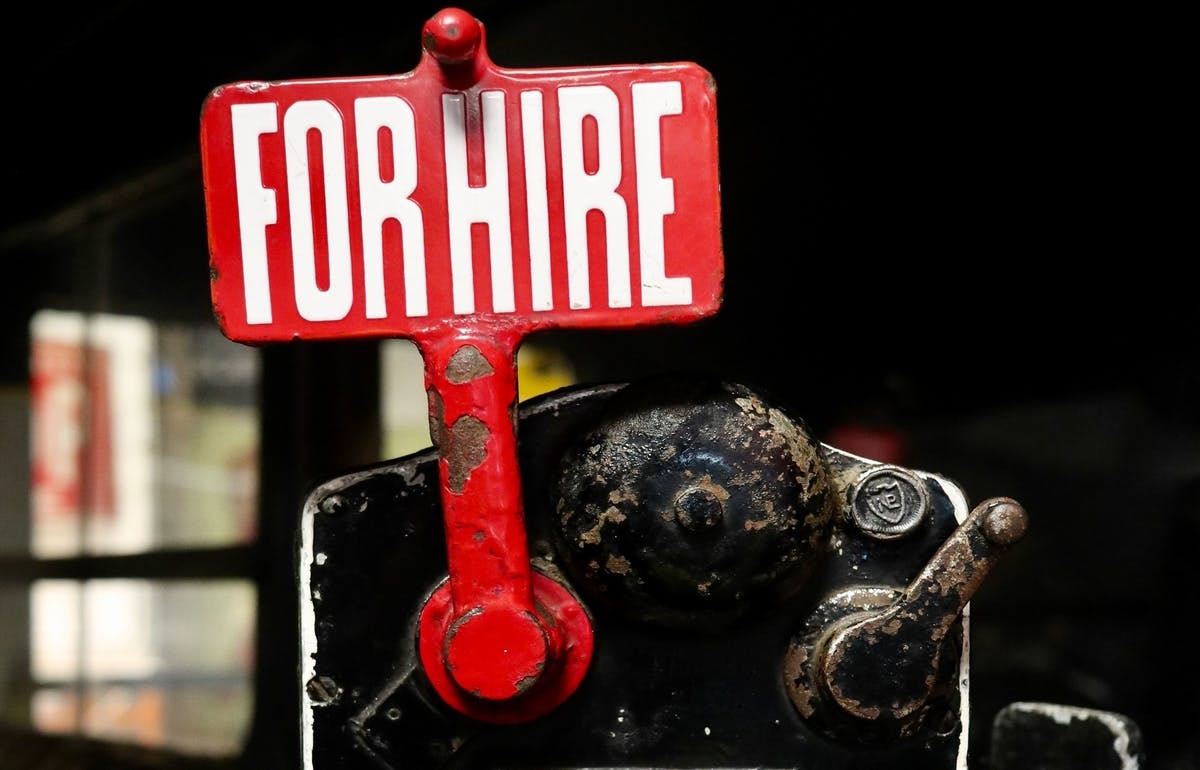Even with the significant economic shock of having Australia’s two most populous states in lockdown, Josh Frydenberg, Australia’s Treasurer is optimistic that the unemployment rate will remain low.
The treasurer also said that he did not share concerns about an inflation surge while addressing an online forum on Monday, September 6 as central banks around the world lend support by infusing cash into their economies.
“We have seen with previous lockdowns and the subsequent opening up or easing of restrictions that people have got back to work very quickly,” Mr Frydenberg told the ANU Crawford Leadership Forum.
“So I’m confident that we can keep the unemployment rate relatively low.”
He highlighted the most recent labor-force data, which revealed that the unemployment rate unexpectedly fell to 4.6 percent in July, a 13-year low. They also showed an increase in hours worked in Victoria following the state’s reopening from its prior shutdown.
However, experts believe that the COVID-19 lockdowns in NSW and Victoria, as well as the ACT shutdown, are expected to cause a significant economic reduction in the September quarter, with some economists predicting a 4% drop. They also expect the jobless rate to grow back above 5%.
Due to the current spate of lockdowns, the latest in ANZ’s job advertising series – a leading indicator of future hiring plans – fell 2.5 percent in August after a downwardly revised 1.3 percent drop in July.
According to ANZ senior economist Catherine Birch, the drop in job advertisements over the last two months has been negligible when compared to the 64% drop during last year’s national shutdown.
“It is likely that ANZ job ads will decline further over coming months and we expect sizable employment losses in locked-down areas, with the national unemployment rate to lift back above five per cent,” she said.
“But given the momentum going into lockdowns, policy support, and signs that activity should rebound once restrictions ease, we think the setback will be temporary.”
The Reserve Bank of Australia will hold its monthly board meeting on Tuesday, and the cash rate is projected to remain at a record low of 0.1 percent.
The RBA has stated repeatedly that it will not raise the cash rate until inflation returns to the two to three percent objective, which it does not expect to happen before 2024.
In the June quarter, the consumer price index increased at an annual pace of 3.8%. However, this was viewed as only temporary as stimulus measures that were introduced during the depths of last year’s recession were unwound.
For some time, global markets have been concerned about an inflation increase, but the treasurer is unconcerned.
“I’m not overly concerned right now as to where … the Australian inflation rate is at given that it has been below the band for some time,” Mr Frydenberg told the forum.
Difficulties finding work
Meanwhile, according to ABS data, over nine out of every 10 unemployed people (88%) reported having some difficulties obtaining work in February this year, up from 86 per cent in February 2020.
“The most common reasons given were too many candidates for available jobs (21%), insufficient work experience (14%), ill-health or disability (11%), and no vacancies in their line of work (10%),” said Bjorn Jarvis, ABS head of Labour Statistics.
There were 2.2 million people who were unemployed but wanted to work in February 2021, up from 2.1 million in February 2020.
This included over 800,000 unemployed people and 1.4 million people who were not in the labor force (either because they were not actively looking for work or because they were not available to work during the survey reference week).
Construction industry goes into limbo
The construction industry has been one of the hardest hit by the recent lockdowns. The Australian Industry Group/Housing Industry Association Australian Performance of Construction Index fell by 10.3 points to 38.4 in August, marking the second and more severe month of contraction after a large drop in July.
In addition, the employment index fell slightly below 50 points in August (down 11.8 points to 49.0), indicating a slowdown in the job recovery that began earlier in 2021.
Keep up to date with our stories on LinkedIn, Twitter, Facebook and Instagram.

